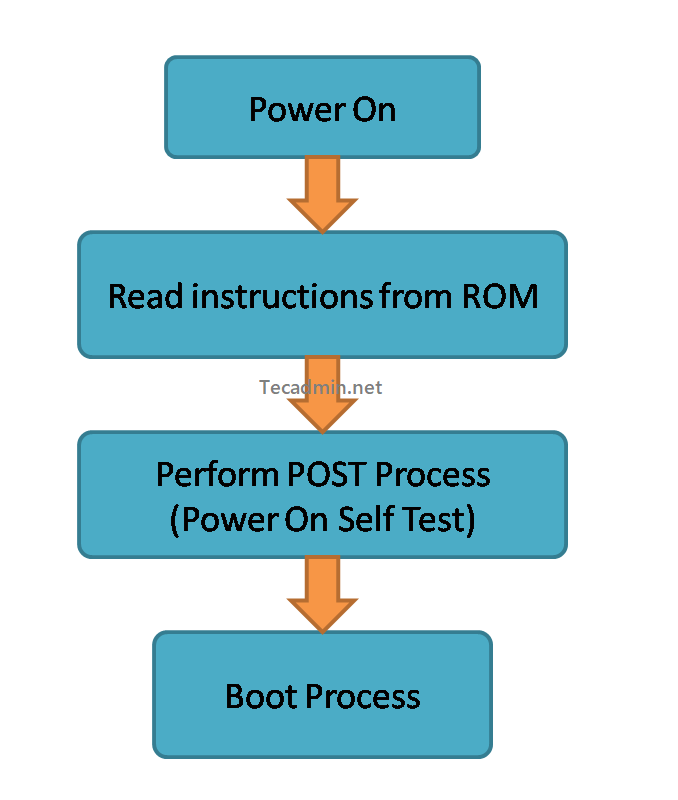The Power-On Self-Test, commonly known as POST, is a critical part of a computer’s startup sequence. This built-in diagnostic program checks your computer’s hardware to ensure everything is functioning correctly before the operating system begins to load.
What is POST?
POST is a process run by firmware or software on a computer and other devices, typically as soon as the machine is powered on. The primary purpose is to test various system components and ensure they’re functioning properly before booting the main operating system.
This process is executed by the system’s Basic Input/Output System (BIOS) or, in modern systems, by the Unified Extensible Firmware Interface (UEFI). POST checks the integrity of the computer’s hardware components and ensures that no errors exist, allowing the system to boot up correctly.

The POST Procedure
When you switch on your computer, the microprocessor passes control to the BIOS/UEFI. This firmware, located on a flash memory chip attached to the motherboard, is what initiates the POST. During POST, the BIOS/UEFI checks the hardware devices and ensures that they are operational and that they are in the correct configuration.
Here are the primary steps and checks that occur during the POST:
- CPU Check: The POST begins with a test on the computer’s processor to ensure it’s functioning correctly. If the CPU passes this test, the POST proceeds to the next step.
- BIOS ROM Check: The POST then verifies the integrity of the BIOS code itself, ensuring it’s been properly loaded and hasn’t been corrupted.
- Memory Check: The POST process checks the computer’s Random Access Memory (RAM). It tests the integrity of memory chips, ensuring there are no errors.
- Device Check: The process then checks for the presence and functionality of critical hardware components, such as the keyboard, mouse, hard disk, and others.
- Hardware Configuration Check: The BIOS checks that the system settings are correct, cross-verifying them against the data in the Complementary Metal-Oxide-Semiconductor (CMOS) memory, which stores the system’s hardware configuration settings.
POST Errors
If POST encounters an error during the system check, it will either:
- Display a textual error message on the screen,
- Emit beep codes from the motherboard, or
- Show a combination of both.
The exact nature of these error messages or beep codes varies depending on the system’s BIOS or UEFI manufacturer. They’re used to diagnose which component is causing the problem. For instance, a certain beep code might indicate an issue with memory, while another might point to a problem with the video card.
It’s worth noting that if POST encounters an error with a non-critical device (like a sound card), the computer might still be able to boot up the operating system. However, if the issue is with a vital component like the CPU or RAM, the system won’t be able to load the OS until the problem is resolved.
Conclusion
In essence, the POST is your computer’s way of performing a pre-flight check, ensuring all systems are go before takeoff. While you might only notice it as a brief blip on the screen or the familiar beep when you power on your machine, it’s an essential process that keeps your computer running smoothly. Understanding POST can help you troubleshoot hardware issues and maintain the health and longevity of your computer system.